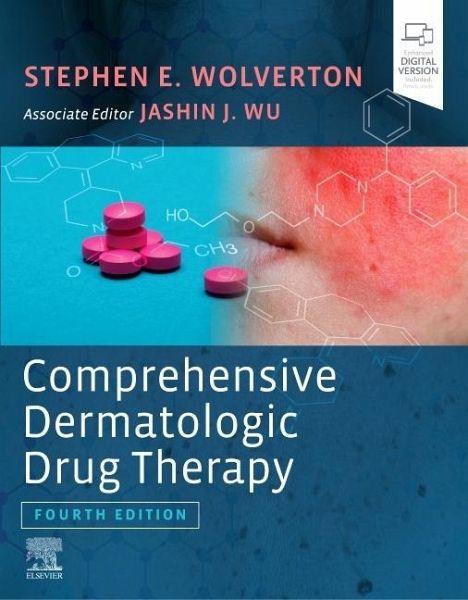Nicht lieferbar

Comprehensive Dermatologic Drug Therapy
Versandkostenfrei!
Nicht lieferbar
Revised edition of: Comprehensive dermatologic drug therapy / [edited by] Stephen E. Wolverton. Third edition. 2013.

Rechnungen
Bestellstatus
Retourenschein
Storno